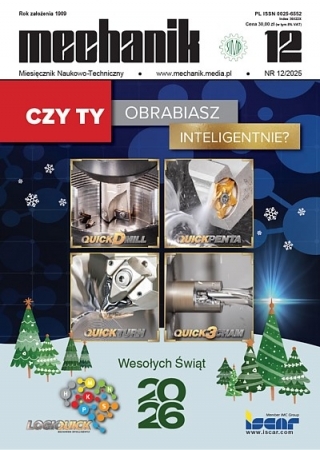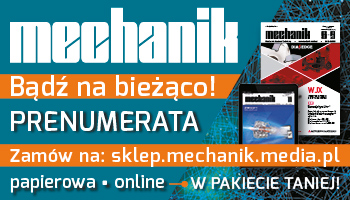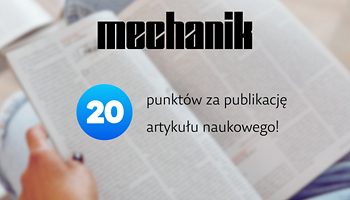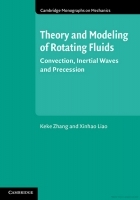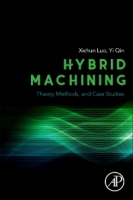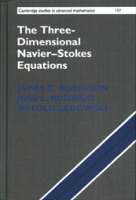Prognozowanie wartości mocy skrawania dla procesu przecinania impregnowanego drewna sosnowego na pilarce taśmowej *
Forecasting values of cutting power for the sawing process of impregnated pine wood on band sawing machine
Author: Daniel Chuchała, Kazimierz A. Orłowski
Mechanik nr 08/09/2018 - Obróbka skrawaniem
STRESZCZENIE: W artykule przedstawiono prognozowane wartości mocy skrawania dla pilarki taśmowej (ST100R firmy STENNER), które są stosowane w polskich tartakach. Wartości mocy skrawania oszacowano dla drewna sosny zwyczajnej (Pinus sylvestris L.), które zostało poddane impregnacji. Dla porównania wyznaczono również wartości mocy skrawania dla drewna niezaimpregnowanego. Wartości te określono za pomocą innowacyjnej metody prognozowania sił skrawania, która uwzględnia elementy mechaniki pękania. Uzyskane w ten sposób prognozy porównywano z wartościami mocy skrawania otrzymanymi metodą klasyczną, opartą na właściwym oporze skrawania.
SŁOWA KLUCZOWE: moc skrawania, drewno sosnowe, drewno impregnowane, pilarka taśmowa
ABSTRACT: In this paper the predicted values of cutting power for band sawing machine (ST100R), which is used in the Polish sawmills, were presented. The values of cutting power were determined for wood of Scots pine (Pinus sylvestris L.), which was impregnated and not impregnated. These values were estimated using an innovative method of forecasting cutting forces, which takes into account the elements of fracture mechanics. The forecasts obtained in this way are compared with the values of cutting power estimated with the use of the classical method, which is based on the specific cutting resistance.
KEYWORDS: cutting power, Scots pine wood, impregnated wood, band sawing machine
BIBLIOGRAFIA / BIBLIOGRAPHY:
- Adamur H., Fidan M.S., Yasar S.S. “The technological properties of oriental beech (Fagus orientalis Lipsky) impregnated with boron compounds and natural materials”. BioResources. 12, 1 (2017): s. 1647–1661.
- Atkins A.G. “Modelling metal cutting using modern ductile fracture mechanics: quantitative explanations for some longstanding problems”. International Journal of Mechanical Sciences. 45 (2003): s. 373–396.
- Atkins A.G. “The science and engineering of cutting. The mechanics and process of separating, scratching and puncturing biomaterials, metals and non-metals ”. Oxford: Butterworth-Heinemann is an imprint of Elsevier, 2009.
- Chuchala D., Orlowski K., Sandak A., Sandak J., Pauliny D., Baranski J. “The effect of wood provenance and density on cutting forces while sawing Scots pine (Pinus sylvestris L.)”. BioResources. 9, 3 (2014): s. 5349–5361.
- Glass S.V., Zelinka S.L. “Wood Handbook – Wood as an Engineering Material (Centennial Edition). (Chapter 4: Moisture Relations and Physical Properties of Wood)”. Madison. General Technical Report FPL-GTR-190. WI: U.S. Department of Agriculture, Forest Service, Forest Products Laboratory, 2010, s. 508, www.fpl.fs.fed.us/documnts/fplgtr/fpl_gtr190.pdf.
- Grzesik W.. „Podstawy skrawania materiałów konstrukcyjnych”. WNT, 2010.
- Konopka A., Baranski J., Orlowski K., Szymanowski K. “The effect of full-cell impregnation of pine wood (Pinus sylvestris L.) on changes in electrical resistance and the accuracy of moisture content measurement using resistance meters”. BioResources. 13, 3 (2018): s. 1360–1371.
- Manžos F.M. “Derevorežuŝie Stanki”. Moskva: Izdateľstvo Lesnaâ Promyšlennosť, 1974.
- Naylor A., Hackney P., Perera N., Clahr E. “A predictive model for the cutting force in woodmachining developed using mechanical properties”. BioResources. 7, 3 (2012): s. 2883–2894.
- Orlicz T. “Obróbka drewna narzędziami tnącymi”. Warszawa: Wydawnictwo SGGW-AR, 1983.
- Orlowski K.A., Atkins A. “Determination of the cutting power of the sawing process using both preliminary sawing data and modern fracture mechanics”. In: Navi P., Guidoum A. (eds): Proceedings of the third international symposium on wood machining. Fracture mechanics and micromechanics of wood and wood composites with regard to wood machining. 21–23 May, Lausanne, Switzerland: Presses Polytechniques et Universitaires Romandes, 2007.
- Orlowski K.A. “The fundamentals of narrow-kerf sawing: the mechanics and quality of cutting”. Publishing House of the Technical University in Zvolen, Technical University in Zvolen, 2010.
- Orlowski K.A., Ochrymiuk T., Atkins A., Chuchala D. “Application of fracture mechanics for energetic effects predictions while wood sawing”. Wood Science and Technology. 47, 5 (2013): s. 949–963 (open access).
- Percin O., Sofuoglu S.D., Uzun O. “Effect of boron impregnation and heat treatment on some mechanical properties of oak (Quercus petraea Liebl.) wood”. BioResources. 10, 3 (2015): s. 3963–3978.
- Wasielewski R., Orlowski K. “Hybrid dynamically balanced saw frame drive”. Holz Roh-Werkst. 60 (2002): s. 202–206.
- STENNER. ST100R Radial Arm Resaw, Stenner Ltd. (pdf, ulotka), 2011.
DOI: https://doi.org/10.17814/mechanik.2018.8-9.128
* Artykuł recenzowany



